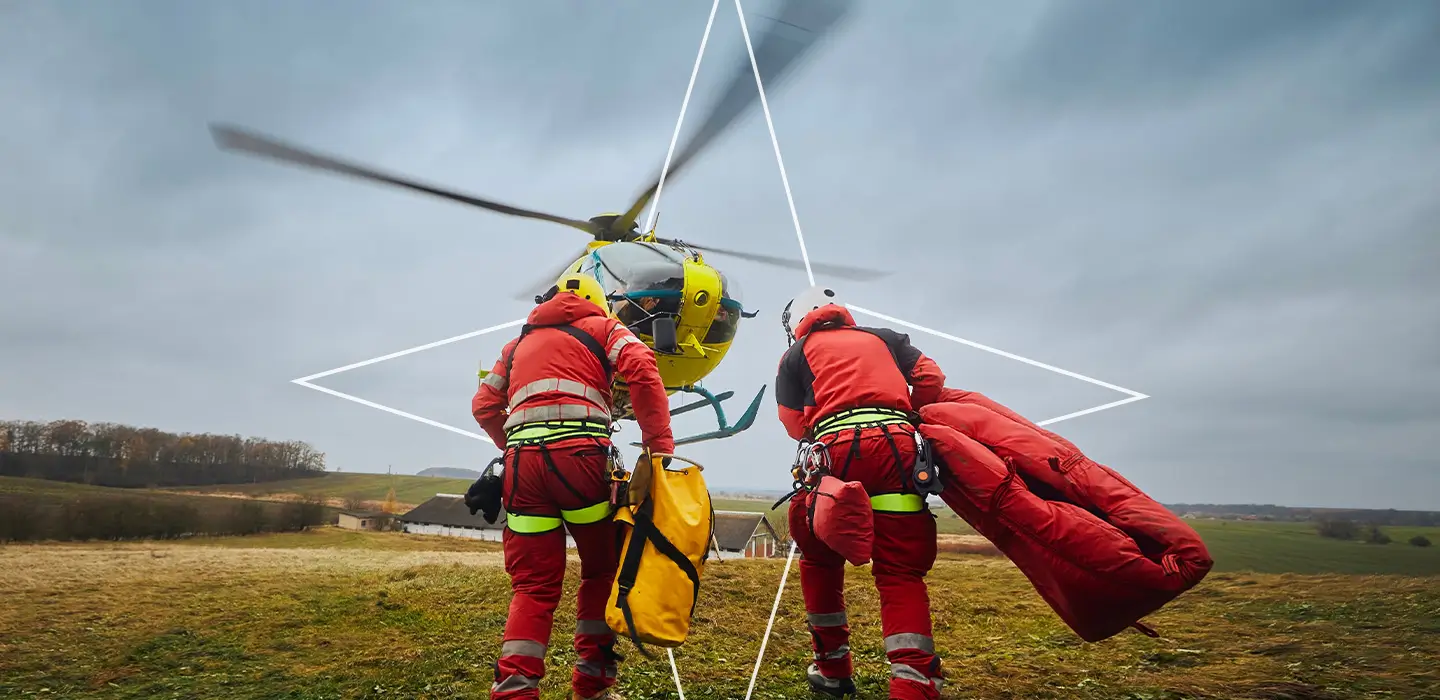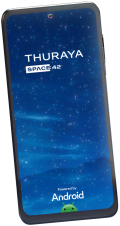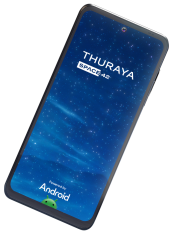Whether you’re consuming news through television or via Snapchat news snippets, there is no denying that digital adoption is on a massive rise across the world.
There have been a plethora of new news formats over the decades, from 24hr-news channels to new websites, so agencies are no longer confined to distributing news through just one platform. For example, to meet the demands of today’s digital audience, TV channels like CNN and Bloomberg also produce mini news series in Story format that can be accessed through their channel on Snapchat, or stories on Instagram and Facebook, further blurring the lines between platforms.
Here are some stats to put things into perspective…
There are 4.8 billion internet users around the world today, equating to almost 61% of the world’s total population.
Internet users have increased by more than a quarter of a billion since this time last year, registering a year-on-year growth of close to 6%.
There are now 4.48 billion social media users around the world, which is equal to almost 57% of the world’s total population.
Facebook, YouTube, WhatsApp, and Instagram are the fastest-growing social news sources.
72% of all news consumers saying they discover news via means other than a specific news website or app, this reiterates the importance of distributing your content across a variety of different channels.
On a global scale, we can see viewers demanding more ubiquitous access to media. This opens up a world of opportunities for news agencies, but it comes with stipulations related to the shrinking 24-hour news cycle and the growing demand to break news just in time. This is even more challenging when news correspondents are deployed in remote locations situated off the grid. For example, Africa has the lowest number of Internet connections—only 22 percent of the continent has access. This is where satellite connectivity comes in. To address the fast-paced media requirements, especially when reporting in remote areas where broadband is insufficient to transmit on-demand video content, a highly reliable, on-the-move communication method must be in place.
Here are top 4 ways that satellite-based communications enable on-the-ground correspondents to feed content to news operators and HQ to be distributed to viewers across multiple channels:
1. When moving in and out of terrestrial coverage, it is key to ensure that journalists stay in constant and seamless contact with their teams. The Thuraya X5-Touch is a brilliant solution for just this. With two nano SIM-card slots, users are effortlessly able to use both GSM and satellite networks simultaneously. This ensures that correspondents’ broadcasting operations remain unaffected.
2. Staying up-to-date with news stories unfolding around the world, and more importantly to share live updates to their audience, may it be through Instagram lives, Twitter updates, or uploading video footage of the situation on the ground through online channels, it is essential for correspondents to stay in the loop and to keep their teams and audiences updated. In remote areas where coverage is limited, correspondents are faced with challenges conducting such communications, causing longer lead times. A wifi device like the Thuraya IP+ is ideal to eradicate this bottleneck, by offering high bandwidth that allows for continuous coverage, so you can easily share and receive vital information, and always stay in the loop.
3. When we think of prioritizing the safety of correspondents, we think of high-quality voice and data connectivity. A fail-proof phone that prioritizes users’ wellbeing is the Thuraya XT-PRO offering the longest talk-time on any satellite phone. It’s a highly advanced satellite phone built with GPS, Beidou, and Glonass capability, offering high flexibility when reporting on-field. The phone also comes with a Gorilla glass screen display and is ruggedized to withstand any environment. We’re not forgetting the smart addition of a dedicated SOS button with a phone tracking feature activated at all times.
4. A means of communicating while on the move in remote locations is essential, especially when news teams are following social movements, reporting on natural disasters, or uncovering conflicts. A simple on-the-move connectivity solution that we propose is the Thuraya IP Voyager which offers high-quality broadband access of up to 444kbps in your vehicle on the move. This terminal enables news teams to collaborate reliably and efficiently with colleagues by using data and VoIP to send and receive messages, make video calls, upload pictures & videos online, tweet/ publish updates through social channels and so much more!
The evolution of media has been drastic over the past two decades, and the distribution of news on social media has reduced the information gap between viewers and the source by offering readily available, easy-to-digest news content across various platforms. Thanks to satellite communication tech, media operators are able to carry out remote data transfers and communications so that they can effectively deliver news stories to meet the demanding 24-hour news cycles.










